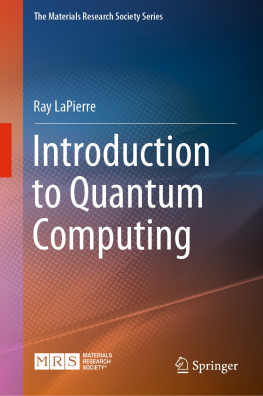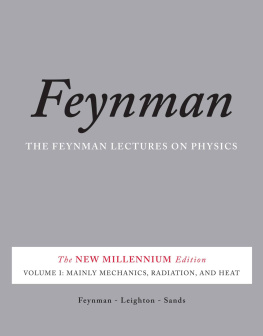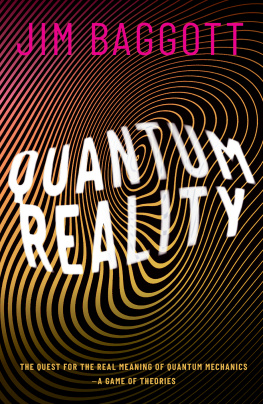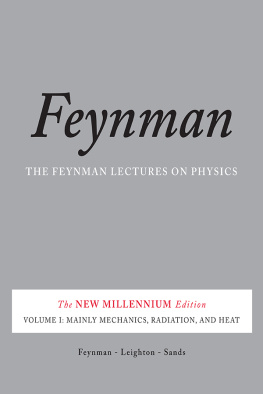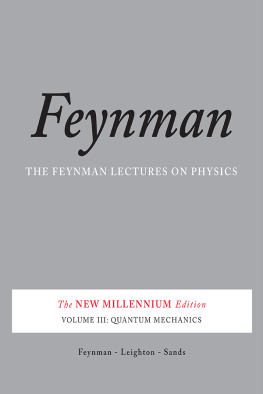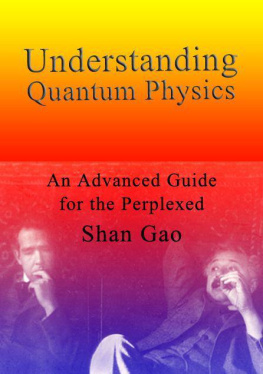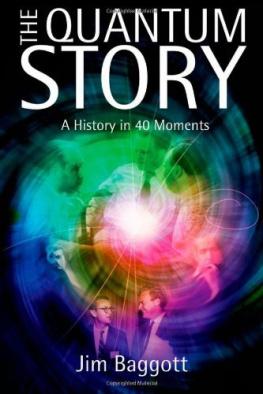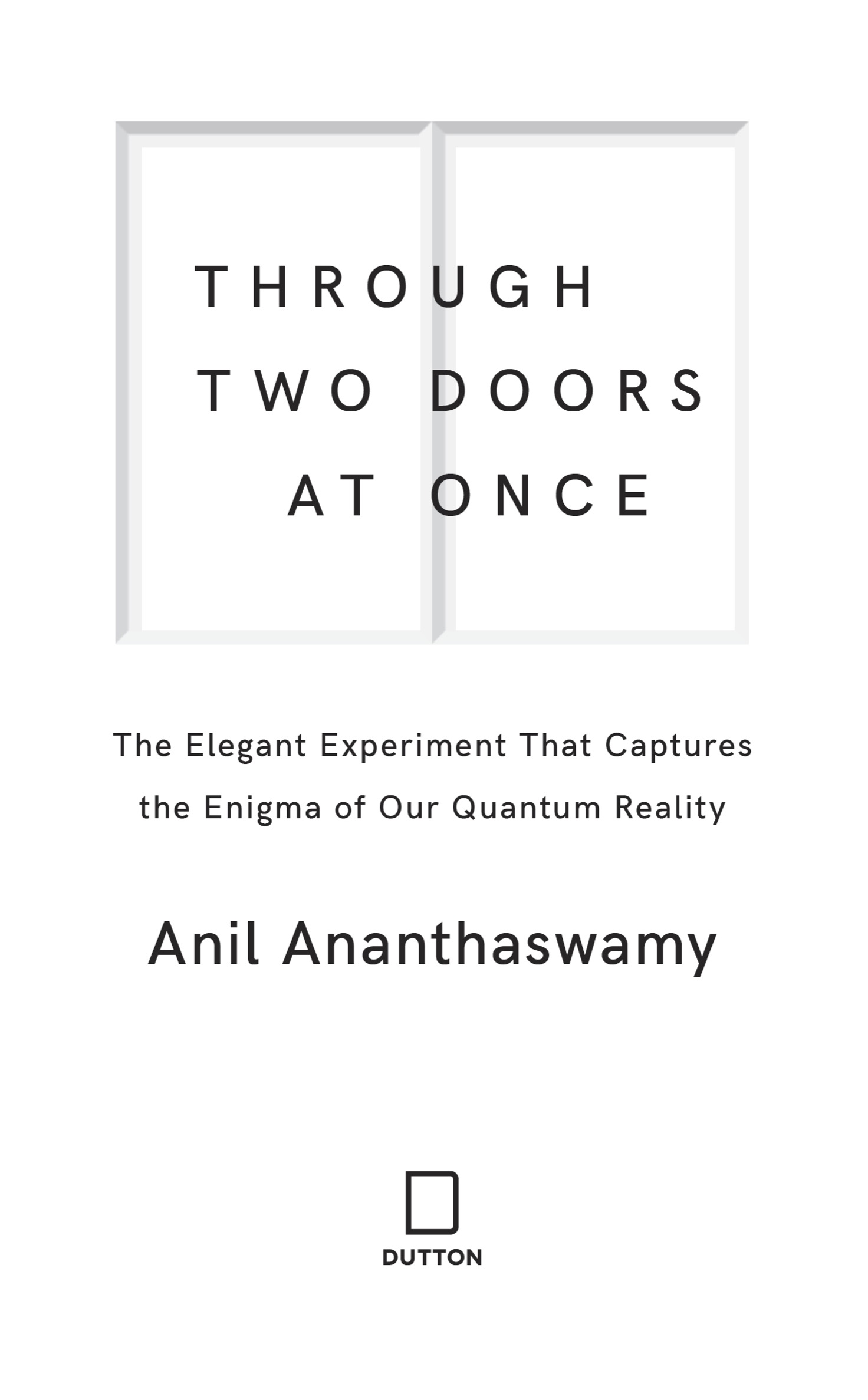ALSO BY ANIL ANANTHASWAMY
The Edge of Physics
The Man Who Wasnt There

An imprint of Penguin Random House LLC
375 Hudson Street
New York, New York 10014
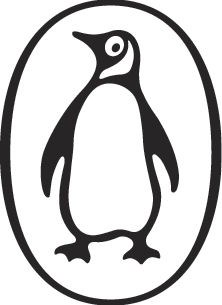
Copyright 2018 by Anil Ananthaswamy
Penguin supports copyright. Copyright fuels creativity, encourages diverse voices, promotes free speech, and creates a vibrant culture. Thank you for buying an authorized edition of this book and for complying with copyright laws by not reproducing, scanning, or distributing any part of it in any form without permission. You are supporting writers and allowing Penguin to continue to publish books for every reader.
DUTTON and the D colophon are registered trademarks of Penguin Random House LLC.
Portions of chapters 5 and 6 appeared in New Scientist magazine. Bohmian trajectories in chapter 6 reproduced with permission from Chris Dewdney. The de Broglie-Bohm and the many-interacting worlds trajectories in the epilogue reproduced with permission granted by Howard Wiseman on behalf of his coauthors.
Illustrations credit: Roshan Shakeel
LIBRARY OF CONGRESS CATALOGING-IN-PUBLICATION DATA
Names: Ananthaswamy, Anil, author.
Title: Through two doors at once : the elegant experiment that captures the enigma of our quantum reality / Anil Ananthaswamy.
Description: New York, New York : Dutton, an imprint of Penguin Random House LLC, [2018] | Includes bibliographical references and index.
Identifiers: LCCN 2018008272 | ISBN 9781101986097 (hardcover) | ISBN 9781101986110 (ebook) | Subjects: LCSH: Quantum theoryPopular works. | Wave theory of lightPopular works. | RealityPopular works.
Classification: LCC QC174.123.A53 2018 | DDC 530.12dc23
LC record available https://lccn.loc.gov/2018008272
While the author has made every effort to provide accurate telephone numbers, Internet addresses, and other contact information at the time of publication, neither the publisher nor the author assumes any responsibility for errors or for changes that occur after publication. Further, the publisher does not have any control over and does not assume any responsibility for author or third-party websites or their content.
Version_1
To my parents
Allow me to express now, once and for all, my deep respect for the work of the experimenter and for his fight to wring significant facts from an inflexible Nature... [which] says so distinctly No and so indistinctly Yes to our theories.
Hermann Weyl, German mathematician, 18851955
CONTENTS
Prologue
THE STORY OF NATURE TAUNTING US
The office is simply the most uncluttered of any physicists office I have ever seen. Theres a chair alongside a small table, with nothing on it. No books, no papers, no lamp, no computer, nothing. A sofa graces the office. Large windows overlook a small lake, the trees around which are bare, except for a few stragglers that are holding on to their fall foliage, defying the approaching winter in this part of Ontario, Canada. Lucien Hardy puts his laptop on the tablepointing out that he does most of his work in cafs and figures that all he needs in his office is a caf-like small table to set down his laptop.
There is the obligatory blackboard, taking up most of one wall of his office. It doesnt take long for Hardy to spring up and start chalking it up with diagrams and equationssomething that most of the quantum physicists I meet seem inclined to do.
We start talking about some esoteric aspect of quantum physics, when he stops and says, I started off the wrong way. To reset our discussion, he says, Imagine you have a factory and they make bombs. He has my attention.
He writes two names on the blackboard: Elitzur and Vaidman. He is talking about something called the Elitzur-Vaidman bomb puzzle. Named after two Israeli physicists, the puzzle exemplifies the counterintuitive nature of the quantum world in ways that non-physicists can appreciate. It confounds physicists too in no small measure.
The problem goes something like this. Theres a factory that makes bombs equipped with triggers. The triggers are so sensitive that a single particle, any particle, even a particle of light, can set them off. Theres a big dilemma, however. The factorys assembly line is faulty. Its churning out both good bombs with triggers and bad bombs without triggers. Hardy writes them as good and bad and quips about the quotation marks: Obviously, you may have a different moral perspective on it.
The task is to identify the good bombs. This means having to check whether the bombs have triggers. But examining each bomb isnt the correct strategy, because in order to do so, youd need to shine light on it, however faint, and that would cause a good bomb to explode. The only ones left unexploded would be the duds without triggers.
So, how does one solve this problem? If it helps, we are allowed one concession: we can detonate some bombs, as long as we are left with some good, undetonated bombs.
From our everyday experience of how the world works, this is an impossible problem to solve. But the quantum worldthe world of very small things like molecules and atoms and electrons and protons and photonsbehaves in bizarre ways. The physics that governs the behavior of this microscopic world is called quantum physics or quantum mechanics. And we can use quantum physics to find good bombs without setting them off. Even with a simple setup, its possible to salvage about half the good bombs. It involves using a modern variation of a 200-year-old experiment.
Called the double-slit experiment, it was first done in the early 1800s to challenge Isaac Newtons ideas about the nature of light. The experiment took center stage again in the early twentieth century, when two of the founders of quantum physics, Albert Einstein and Niels Bohr, grappled with its revelations about the nature of reality. In the 1960s, Richard Feynman extolled its virtues, saying that the double-slit experiment contained all of the mysteries of the quantum world. A simpler and more elegant experiment would be hard to find, the workings of which a high school student can grasp, yet profound enough in its implications to bewilder brains like Einsteins and Bohrs, a confusion that continues to this day.
This is the story of quantum mechanics from the perspective of one classic experiment and its subtle, sophisticated variations (including one that, as well see, solves the Elitzur-Vaidman bomb puzzle), whether these variations are carried out as thought experiments by luminous minds or painstakingly performed in the basement labs of physics departments. Its the story of nature taunting us: catch me if you can.
1
THE CASE OF THE EXPERIMENT WITH TWO HOLES
Richard Feynman Explains the Central Mystery
There is nothing more surreal, nothing more abstract than reality.
Giorgio Morandi
Richard Feynman was still a year away from winning his Nobel Prize. And two decades away from publishing an endearing autobiographical book that introduced him to non-physicists as a straight-talking scientist interested in everything from cracking safes to playing drums. But in November 1964, to students at Cornell University in Ithaca, New York, he was already a star and they received him as such. Feynman came to deliver a series of lectures. Strains of Far above Cayugas Waters rang out from the Cornell Chimes. The provost introduced Feynman as an instructor and physicist par excellence, but also, of course, as an accomplished bongo drummer. Feynman strode onto the stage to the kind of applause reserved for performing artists, and opened his lecture with this observation: Its odd, but in the infrequent occasions when I have been called upon in a formal place to play the bongo drums, the introducer never seems to find it necessary to mention that I also do theoretical physics.




